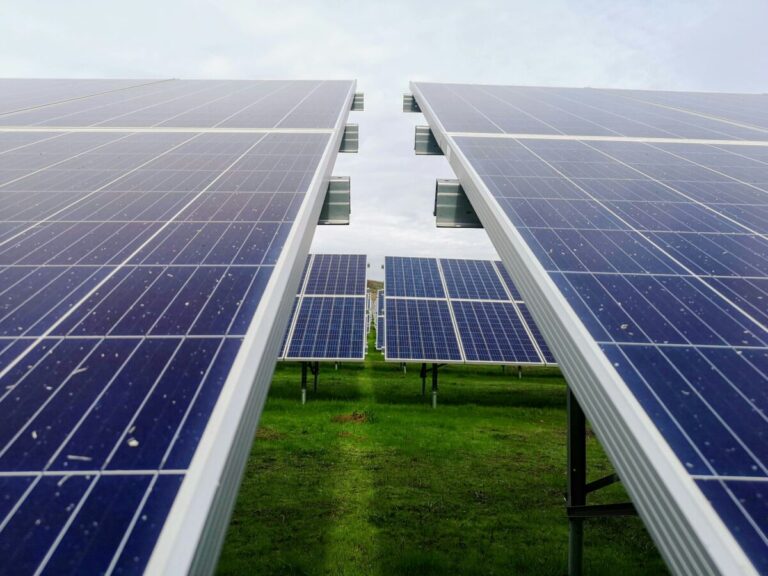Gamesa Electric has released a white paper on harmonic losses in PV installations, including an independent study comparing the performance of inverters with ultra-low total harmonic distortion.
It is estimated that by 2030 there will be more than 1,675,000 distributed inverters for renewable energy generation connected to electricity grids worldwide. But there is an element associated with these devices that is often overlooked and is critical to a stable electrical grid: harmonics.
In DC/AC inverter based systems, such as solar and storage, the injection of total harmonic distortion (THD) into the grid can be very damaging to the power plant and the grid as a whole. THDs are caused by variations in solar radiation and temperature, but also by the use of the inverters themselves, a major source of harmonics due to constant switching on and off.
There are various techniques to reduce the THD at the output of the inverters. In the case of photovoltaic stations consisting of several inverters operating in parallel, phase shifting is most commonly used. With this technique, the switching signals of all inverters are shifted slightly, so that the harmonics resulting from the switching cancel each other out. The result is that the THD of the entire installation is lower than that generated by the individual inverters.
In addition to the direct impact on energy production, harmonics can cause mechanical vibrations, endangering the lifespan of critical components such as transformers. Furthermore, poor antiharmonic strategies can lead to degradation of the performance and efficiency of entire systems.
The use of so-called “Ultra-low THD inverters” minimizes the harmful effects of harmonic distortion and avoids not only the hidden losses that occur in the installation, but also the associated reliability and performance problems caused by harmonics. This is the main conclusion of “Unlock the hidden benefits of ultra-low THD inverters in solar and storage projects”, a white paper recently published by Gamesa Electric, a Spanish manufacturer of renewable energy equipment.
The whitepaper contains an independent study comparing the performance of an Ultra-low THD inverter, such as the Gamesa Electric Proteus, with other models with lower harmonic attenuation capabilities. It concludes that in the case of the Gamesa Electric Proteus, production can be up to 0.35% higher.
“Harmonic distortion or THD is one of the most overlooked sources of losses and reliability issues in solar and storage installations,” said Andrés Agudo, director of technology at Gamesa Electric.
As explained in the white paper, inverter design standards are outdated and compliance with them does not guarantee avoidance of these problems.
“It is necessary to design what we call Ultra-low THD inverters, such as our Gamesa Electric Proteus model, to minimize losses, which can be very significant as the research shows,” says Agudo.
This content is copyrighted and may not be reused. If you would like to collaborate with us and reuse some of our content, please contact: editors@pv-magazine.com.


